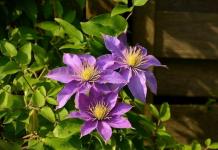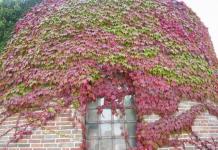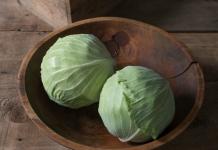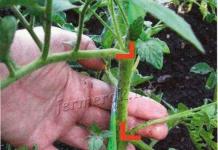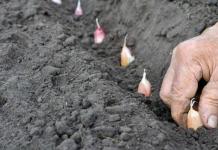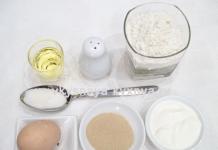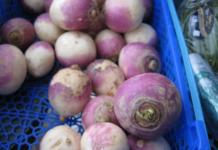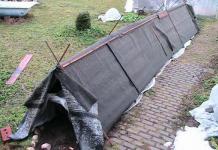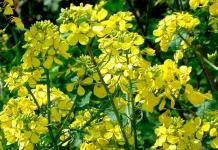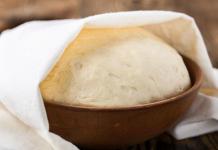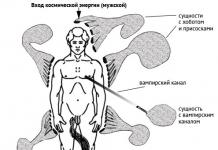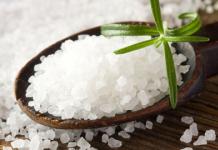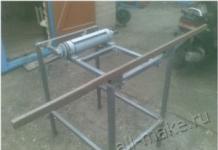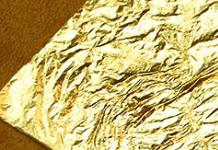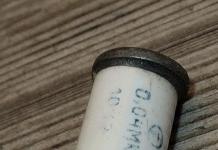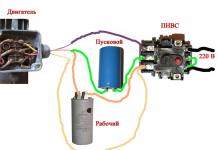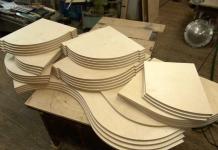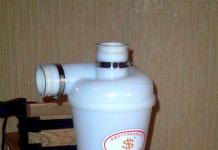A garden where a person independently grows vegetables for himself and his family is undoubtedly an important and useful thing. But in the process, a lot of unforeseen problems can arise. This article talks about what to do if the garlic turns yellow in the garden in the spring. How to feed or process the plant.
Most often, yellowing of the leaves shows violations of the agricultural technology of growing a plant. But the reasons can be completely different and need to be dealt with in each case separately.
Garlic leaves begin to turn yellow at the tips (chlorosis). This yellowness gradually spreads to the entire leaf, which leads to its complete drying or slow growth. Accordingly, the bulbs do not grow to the desired size, or even completely rot.
Why does garlic turn yellow in spring
Knowing the cause of this phenomenon and the ability to correctly identify it will help each gardener to cope with the problem and prevent it from happening again in the future. There are five main causes of yellowing garlic:
- severe frosts and frosts,
- poor seed quality
- wrong landing time,
- diseases and pests
- excess or lack of moisture in the soil,
- increased acidity of the soil,
- lack of micro and macro elements in the soil.
Now let's talk about each in more detail and see what to do if the garlic turns yellow in the spring?
Severe frosts and frosts
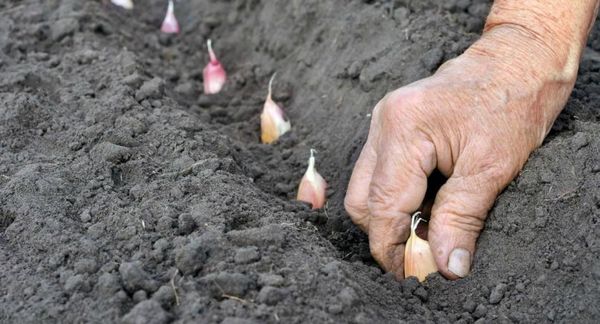
This is the most common reason. There may be two options for why winter garlic turned yellow:
planted too early
Planting time is extremely important for any plant, and garlic is no exception. If it is planted too early, then it can not only take root, but also put out the first leaves.
In the spring, this will certainly lead to yellowing of the leaves, since it will not be difficult for frost to damage them.
- For the middle lane, the optimal time to plant winter garlic is October.
- For the southern regions, it is better to choose November.
Severe frosts in winter or frosts in early spring
This option does not depend on the human factor, since it is almost impossible to influence the weather conditions. As in the previous case, the first leaves of winter garlic that appear can fall under spring frosts, resulting in their yellowing.
Severe frosts in winter can cause not only yellowness, but also complete freezing of the roots.
not planted deep enough. This is one of the common reasons garlic leaves are already growing yellow or yellow-tipped and is also related to frost. Recommended planting depth: 4-6 cm.
To avoid these consequences, garlic planted before winter should be mulched with leaves or dry grass. Then, under a thick layer of mulch, garlic frosts will not be so terrible.
If it was not possible to avoid the negative effects of frost, then you will have to use biological products that can help garlic cope with the consequences.
Excess or lack of moisture in the soil
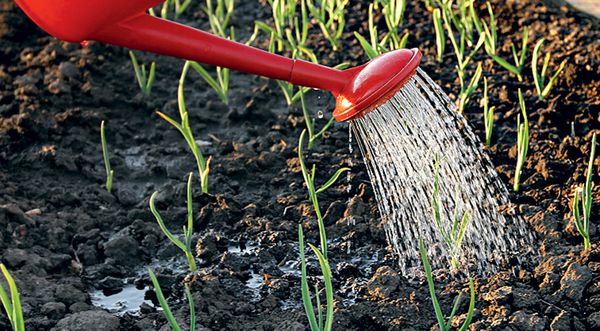
Yellowing of the upper and lower leaves of garlic is often observed in dry and rainy weather. This is due to the violation of the air-water balance.
Regular, but moderate watering is important for garlic. Especially in May and June.
It is necessary to loosen the soil for air access to the roots of the plant.
Remember that overwatering garlic is more difficult than underwatering.. Therefore, mulched beds should be watered as needed.
- In the spring months, under normal weather, watered two to three times a month.
- In dry - respectively more often.
- With frequent rains, it is better to refuse watering altogether.
Completely stop watering the garlic before harvesting it - for a month.
Diseases and pests
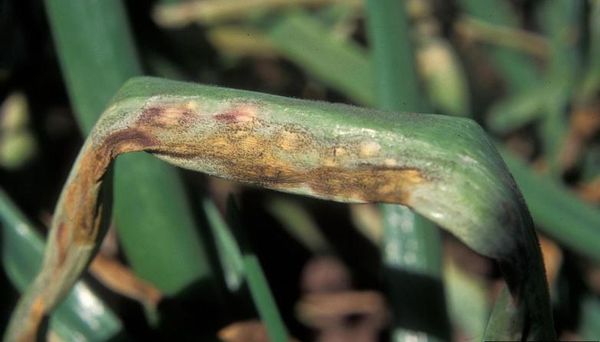 Photo: Downy mildew
Photo: Downy mildew Garlic is a crop often used to control diseases or pests, but also he has his "enemies". They also often cause its leaves to turn yellow due to the damage they have caused.
The main diseases and pests of garlic:
- downy mildew;
- rot;
- rust;
- mold;
- nematode;
- mite;
- onion fly;
- mol.
To determine which reason is the main one, you need to dig up a head of garlic with yellowed leaves. See if there is rot at the base of the bulb, rotten roots, mold, larvae, or a pink coating on its lower part. If there is any of the above, you have found the cause of yellowing.
How to process garlic in the spring?
Here it is necessary to apply spraying with special fungicide preparations to combat diseases, and for an onion fly it is better to do a mixed planting, but there are no effective recipes for the nematode.
Used for watering beds somewhere around 1 cup per plant. The next day, be sure to rinse with clean water!
In a similar way, you can use a pink solution of potassium permanganate.
The best remedy for diseases and pests is prevention.
More information about in the garden.
- Apply the principles of crop rotation for garlic, without planting it for several years in a row in the same place.
- When planting garlic, treat the cloves with fungicides.
- To prevent the accumulation of diseases, you need to change the seed at least once every 4 years.
- To prevent nematodes, calendula, mint, marigolds, coriander are planted next to garlic, the roots of which are poisonous to it.
- Do not use fresh manure to feed garlic.
Increased soil acidity
For planting and growing garlic requires a neutral acidity of the soil. If there are problems with high acidity, then you need to fix it - for this, digging up the earth, lime is added.
It should be introduced gradually directly under the digging, that is, immediately mixing with the ground. Lime quantity:
- very acidic soil - 60 kg per hundred square meters,
- medium acid - 45 kg,
- slightly acidic - up to 30 kg.
Lack of micro and macro elements in the soil
If none of the previous reasons is suitable (the weather is warm, there are no diseases and pests, everything is in order with irrigation and soil acidity), and the garlic leaves turn yellow anyway, then there remains only a lack of micro and macro elements in the soil.
If the lower leaves turn yellow, this may mean that nutrients are being used to form future heads of garlic.
The most common causes are lack of nitrogen, magnesium or potassium in the soil. This can only be corrected with top dressing.
- in early spring - lack of nutrition (roots grow slowly and do not have time to provide the plant),
- at other times - lack of nitrogen,
- when grown on poor soils, a lack of potassium is possible.
How to feed garlic in the spring and how to water
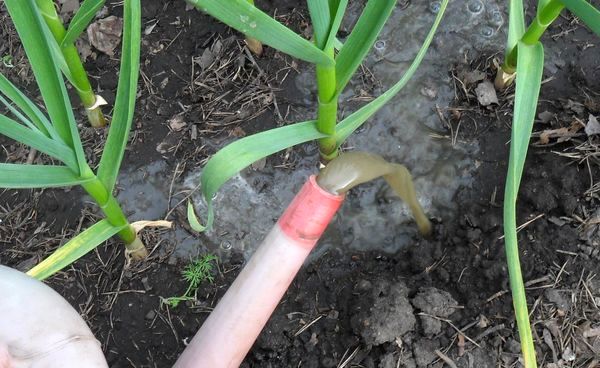
For garlic, one top dressing is enough when the soil has not yet completely thawed. In most cases, this is enough to prevent future nutrient deficiencies.
To do this, use the following recipe:
- dissolve in 10 liters of water 6 g of ammonium nitrate, 10 g of superphosphate and potassium sulfate 6 g;
- watering is carried out from a ratio of 10 l of water / m 2;
- if necessary, you can repeat this top dressing after a month.
You can use ready-made preparations specifically for garlic, for example, Agricola 2, Kemiru Fertik.
Folk recipes
For those who prefer to use folk recipes, you can use herbal infusions with ash, use humus or urea.
Mulching with humus
Chicken manure aged in a pile for more than 2 years and any other organic matter.
herbal infusion
To prepare this infusion, it is enough just to pour water over cut grass or any weeds in a large container (for example, a 200 l barrel) (it is effective to use nettles) and add wood ash.
Let it brew for 3-5 days and use the resulting solution to pour garlic under the root or do foliar top dressing.
Ash
Such top dressing is useful for all bulbs. Can be used for foliar top dressing or applied to the soil.
Foliar:
- 0.3 kg of ash,
- 10 liters of water.
Boil the ashes in boiling water for 20 minutes. Strain and dilute in 10 liters of water. For better adhesion, you can add 1 tbsp. l. liquid soap.
Urea
- 1 match boxes per 1 m 2 (into the soil) or per 10 l (watering - 3 l / m 2).
For urea, you must first loosen the aisles and make small grooves into which urea or other fertilizers fit.
Then the garlic is watered and covered with humus or compost. This top dressing is carried out again after 2 weeks, but with the addition of complex fertilizers.
foliar top dressing. Urea is used at the rate of 30 g per 10 liters. For young plants, foliar top dressing with complex fertilizers or potassium sulfate is well suited.
Already yellowed plants should also be fed and sprayed with complex fertilizers. But you can not overdo it in this matter.


